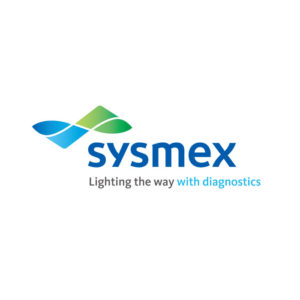A large burden of undiagnosed hepatitis virus causes remains globally. Despite the 257 million people living with chronic hepatitis B virus infection, and 71 million with chronic viraemic HCV infection, most people with hepatitis remain unaware of their infection. When a patient progresses towards chronic conditions, there is a 25-40% chance (Hep C only) of liver cirrhosis and a 60% chance (Hep C only) of hepatocellular carcinoma (HCC).
HCC is the 6th most common cancer in the world and the 3rd leading cause of death from cancer. Two-thirds of these deaths are caused by hepatitis and HCC related to Hepatitic C infection is the fastest rising cause of cancer-related deaths.
The path towards hepatitis elimination depends on key factors of detection, diagnosis and linkage to care. Success of elimination will require introduction of novel serum biomarkers and fast innovative technologies to improve patient care pathways.

